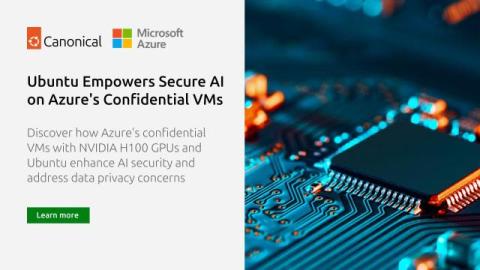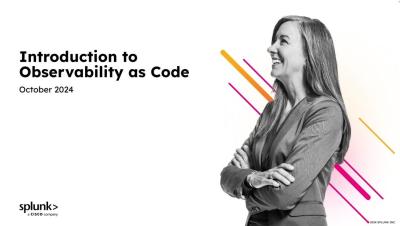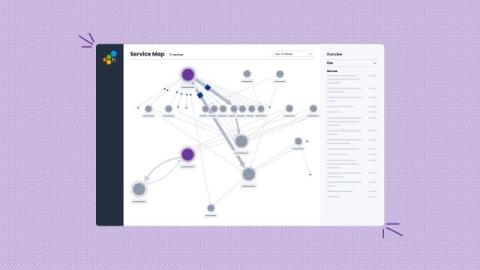Ubuntu powers Azure's confidential AI offering
Microsoft Azure has announced the general availability of their confidential virtual machines (VMs) with NVIDIA H100 Tensor Core GPUs, powered by Ubuntu. This offering combines the hardware-based protection of AMD EPYC processors with NVIDIA’s latest GPU technology to enable secure and high-performance AI workloads in the cloud. Combining these technologies allows sensitive sectors to unlock AI adoption through addressing previous concerns of critical data privacy.











